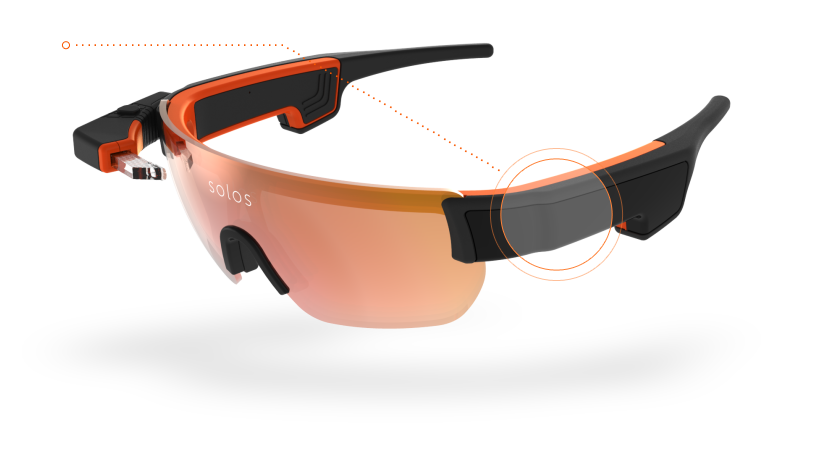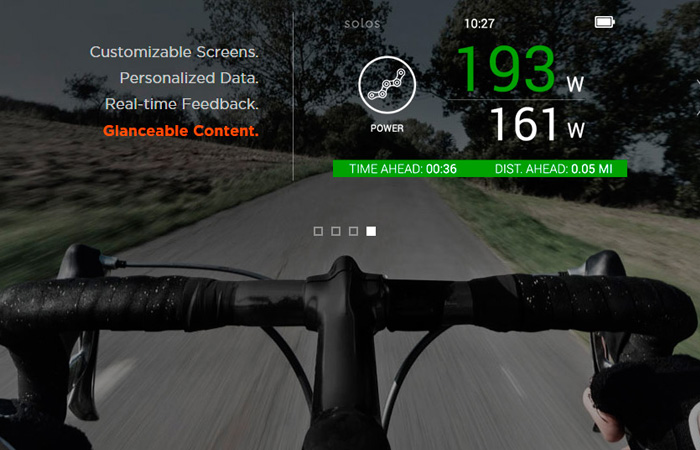
With technology permeating every aspect of our lives, it should come as no surprise that it is playing an important role at the 2016 Rio Olympics. Wearable tech is not just helping elite athletes deliver their optimal performance at this competitive sporting event where everyone is battling for Olympic gold, but also protecting them from serious injuries.
All athletes know that fueling muscles with the right meal is crucial to winning a competition. The Halo Sports headphones are designed to mimic that effect. However, instead of food, they accomplish this with pulses of energy. The underside of the wearables are lined with spiky foam-clad electrodes that send electric signals through the scalp to the motor cortex. The neurostimulation triggers responses from the brain and help stimulate the muscles, allowing athletes to maximize the benefits their body derives from every training session.

While that may sound like science fiction, the company has tangible proof to prove that the headphones work. Halo Neuroscience co-founder Daniel Chao says members of the US Ski team that trained with the headphones improved their "jump force" by 31%, compared with an 18% increase in a control group that did the same training without the device. American 400m hurdler Michael Tinsley is also a believer, as are several NFL, MLB, and NBA players. It is no wonder that the first run of the headphones that retail for $549, were sold out within months of being released.

Fans of Michael Phelps, Ryan Lochte, and Lebron James may have noticed a black bracelet around their wrists. In addition to tracking the athletes’ heart rate and steps, the wristband device that is called Whoop, also analyzes their body for strain, recovery, and sleep. It then uses the combined data to provide advice on how the wearer can enhance his/her athletic performance without overtraining.
Though not fitted with any tech, the bright-hued shoes, worn by elite sprinters like America’s Allyson Felix and Jamaica’s Shelly-Ann Fraser-Pryce, took four years of algorithmic software design and months of 3D prototype testing to perfect. Equipped with custom spikes that are unique to each runner’s speed and foot size, the Nike Zoom Superfly Elite are designed to enable athletes to propel forward with greater efficiency than any currently available footwear.

But in a sport where a tenth of a second can be the deciding factor between a gold and silver medal, what the athletes wear is as important as the shoes. The lightweight Nike Vapor Track and Field kit, created using the company’s proprietary technology, includes a revolutionary kinesiology-like tape called AeroSwift.
Dotted with tiny 3D-printed plastic teeth called AeroBlades the tape can be incorporated into the clothing or strategically taped onto arms and legs. According to Nike, the AeroBlades help disrupt movement and improve the airflow around the athletes, making them more aerodynamic. Furthermore, unlike other such technology that is beneficial only to sprinters, AeroBlades is designed to help marathon runners as well.

Though the world’s fastest man, Usain Bolt, will not be sporting the Nike AeroBlades, he will be wearing a high-tech tracksuit. Designed by Puma, its unique compression fabric has a six-way stretch that is designed to help circulation and apply optimal pressure to the muscles. Hopefully this special gear will enable the “lightning bolt” to make history once again!

The bio-inspired Solos Smart Eyewear by Kopin goes beyond providing elite cyclists protection from the sun. The lightweight eyewear’s tiny display screen keeps riders aware of statistics like speed, power, distance, and heart rate without distracting them from the race. Though they are not yet approved to be used at the Olympic Games, the sunglasses have proved to be invaluable training tools for the US cycling team.
Not wanting to be left out of this wearable tech trend, Visa, the only card accepted at official Olympic venues in Rio, has introduced a special ring. Fitted with a microchip made by digital security company Gemalto, the wearable has an embedded NFC-enabled (near field communication) antenna. Athletes in Brazil can pay for purchases made at the Olympic village by simply tapping the ring close to any NFC-capable payments terminal, alleviating the need to carry credit cards.

And for those of you that were unable to make it to the Olympics this year, there’s always the Samsung Gear VR headsets. With over 85 hours of Olympic Games coverage, including the opening and closing ceremonies, placing one on your head will transport you to Rio, without ever leaving the comfort of your couch!
Resources: wired.com, nike.com, endgadet.com, kopin.com, visa.com, whoop.com, haloneuro.com